The Re-fashioned Look of Piloh’s Lamps
Not to denigrate my new home here in the beautiful city of Asheville, great state of North Carolina, empire of the South, but compared to out West there seems to be a preponderance of street-side trash in these environs. Perhaps this is owed to the fulsome vegetation, the narrow streets, the generally increased density-rather than a greater propensity for littering-but, in any case, Piloh's Paola Santilli could certainly make a thing or two of this detritus of the curb. I mean that in the literal sense, since the designer specializes in "use of something fallen into disuse... broken objects are transformed and take on a new life." Santilli has a particular affection for pieces of felt, chunks of old concrete, and oxidized iron-the principal materials for her line of re-purposed lamps.
Soft Concrete and Old Box. Designed by Paola Santilli for Piloh.
The collection is constituted of five pieces: the floor lamps White Tree, Soft Concrete, and Old Box; and the table lamps Cloud Lamp and Blueberry. The pieces are aptly named. They nicely convey an aesthetic on a transformative continuum, which is precisely what Santilli has in mind. The floor lamps in particular-each made of concrete, iron, and handmade felt-preserve the past life of the artifact(s) while fashioning them into a compelling new form. Both Soft Concrete and White Tree feature a shade that resembles a nonchalantly-tossed towel, preserved there in mid-flight atop the iron stem, which, in its turn, is immortalized in a block of found concrete.
White Tree. Designed by Paola Santilli for Piloh.
Blueberry. Designed by Paola Santilli for Piloh.
The companion table lamps share some of the qualities of the floor lamps but are ultimately quite different. Cloud has the same swirling felt shade, but a base and stem made of a former lamp, and Blueberry features a bulbous glass base and an equally bulbous deep purple felt shade that recalls a petunia's fading bloom. With these pieces, Santilli has forged through some intriguing aesthetic territory. The lamps have a museum quality that inhabits a terrain somewhere between decadence and the reclaimed hope for a distant future. As Santilli says, "the meaning of an object that, in its day had a significance and a defined purpose, is now driven down a route where new production is rejected thus reducing the clutter around us."
Via Contemporist.
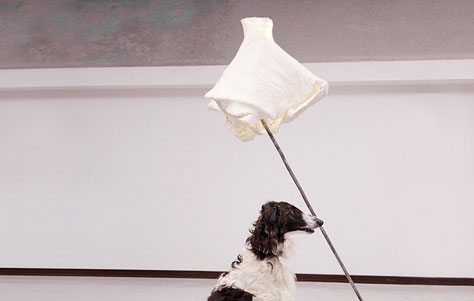
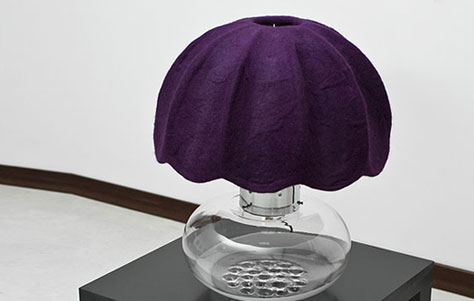
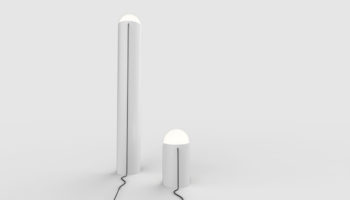
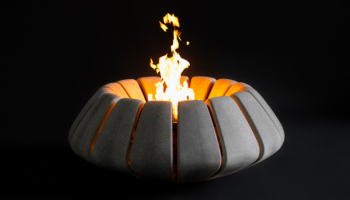
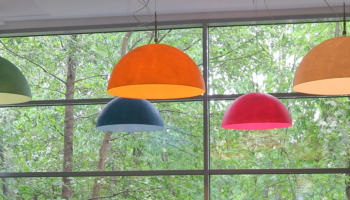

Leave a Reply